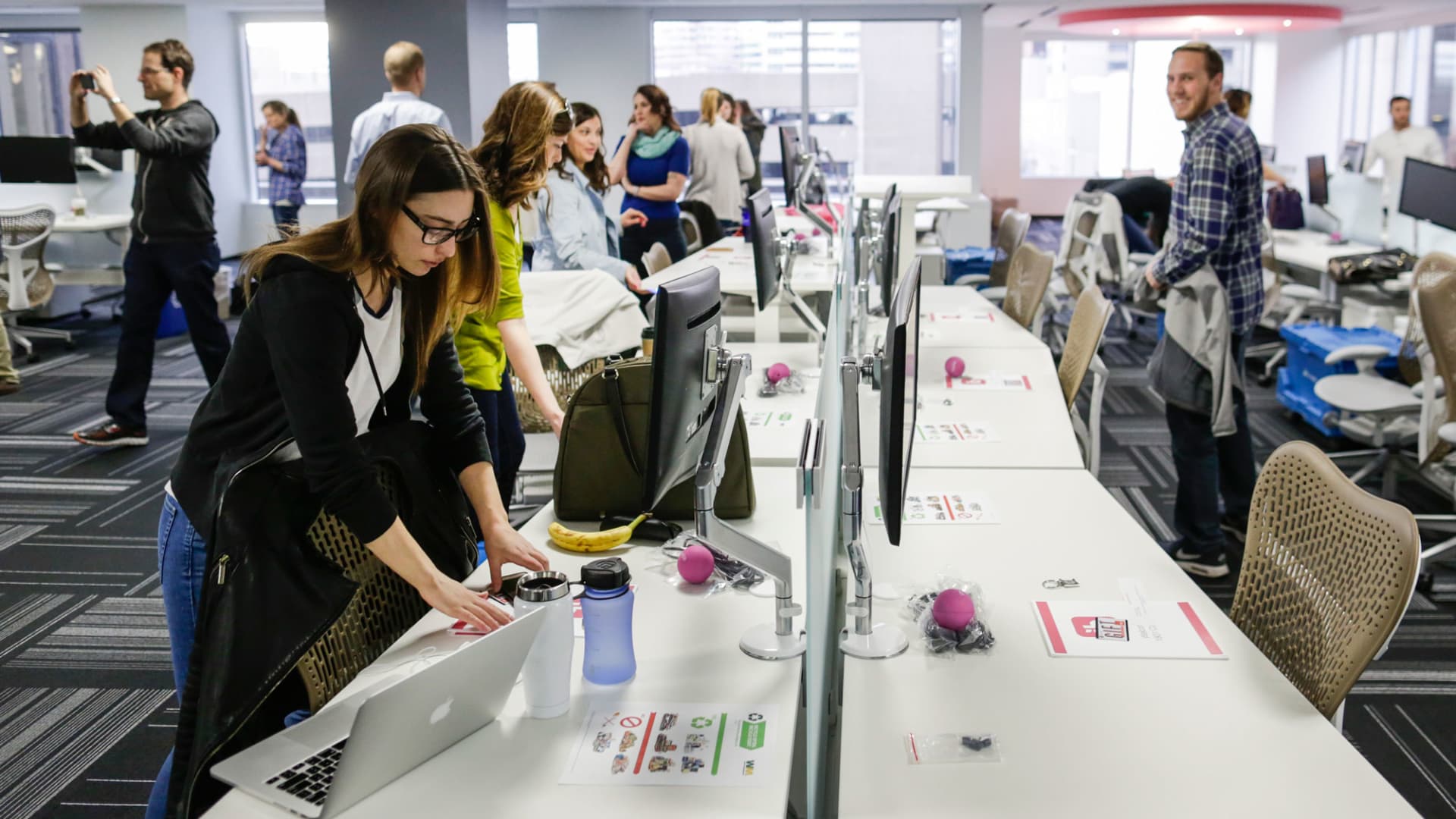
For proof that the market for initial public offerings continues to open up despite the downdraft in the market, just look at this week. Two large IPOs successfully priced last night. Centuri Holdings (CTRI), a spinoff from Southwest Gas Holdings that provides energy and utilities infrastructure services, priced 12.4 million shares at $21, the top end of the $18-$21 range. Centuri raised $260 million. Ibotta (IBTA), a digital advertising platform, priced 6.56 million shares at $88, well above the prior talk of 5.6 million shares at $76-$84. Ibotta raised $577 million. Last week, UL Solutions (ULS) and PACS Group raised about $1.5 billion combined. Next week, over $1.25 billion is scheduled to come to market, led by Rubrik. Suddenly, there is real money appearing in the IPO market. This spring reopening, however, is threatened by the specter of higher interest rates. April shaping up as one of the best months in years You can have a hundred companies file to go public, but if no one sets a date and pulls the trigger, it hardly matters. “It has been a while since we have had multiple consecutive weeks like this in the IPO market,” Matt Kennedy from Renaissance Capital, told me. Look at what has been raised already this month and what is on the calendar for next week. IPOs in April (over $100 m. raised) This week Ibotta $577.2 m Centuri Holdings $241.8 m Last week UL Solutions $946.8 m PACS Group $450.0 m Contineum Therapeutics $110 m Next week (proposed) Rubrik $678.5 m. Loar Holdings $275.0 m. Marex Group $299.9 m. Add it all up, we have $3.58 billion raised in three weeks. The tally in the last few weeks has raised the total amount of money raised by IPOs to more than $10 billion for 2024. That’s a great start to the year. Before Covid, a typical year would see $40-$60 billion raised. Since Covid, the numbers have been all over, but the last two years have been disastrous. IPOs: total raised 2023 $19.4 b 2022 $7.7 b 2021 $142 b (record) 2020 $78 b 2019 $46 b 2018 $47 b Source: Renaissance Capital One development especially encouraging to investors: a modest upturn in valuations for late-stage tech companies. The Forge Private Market Index, an index of 75 venture-backed, late stage companies that are actively traded in the private market, is up over 4% this year after plunging 44% in 2022 and another 20% in 2023. Why higher interest rates hurt IPOs The major headwind: higher for longer interest rates. Private companies don’t necessarily have a lot of debt, but multiples do matter, and when interest rates rise or stay high, multiples come under pressure. Growth companies (i.e. technology) are more sensitive to a change in interest rates, because their cash flow projections are further out. When you are discounting those future cash flows back to the present, a higher interest rate would make those future cash flows look less attractive. That translates into a lower multiple for growth companies in a higher rate environment. Regardless: “IPOs can still get done in a 5% interest rate environment,” Kennedy told me. “As long as we don’t see a significant correction [in the market], it should continue to open up.” Still, most admit higher rates make it more difficult to get investors excited about IPOs. “If rates rise toward 5%, the long-term professional investor will be willing to stick it out and ride out the market volatility,” Santosh Rao from Manhattan Venture Partners told me. “But the incremental investor, the retail investor, will say, ‘Why am I putting my money in risky investments, why not park my money and wait it out?'”




